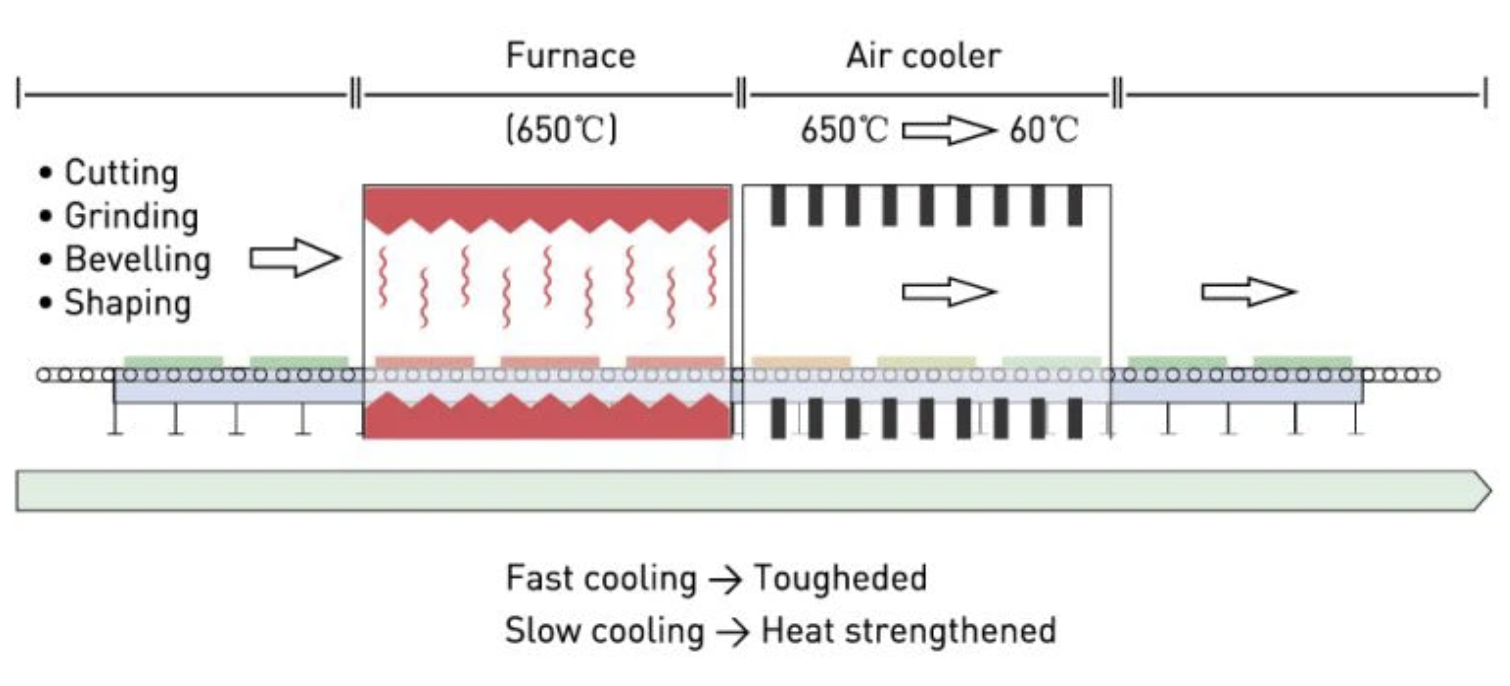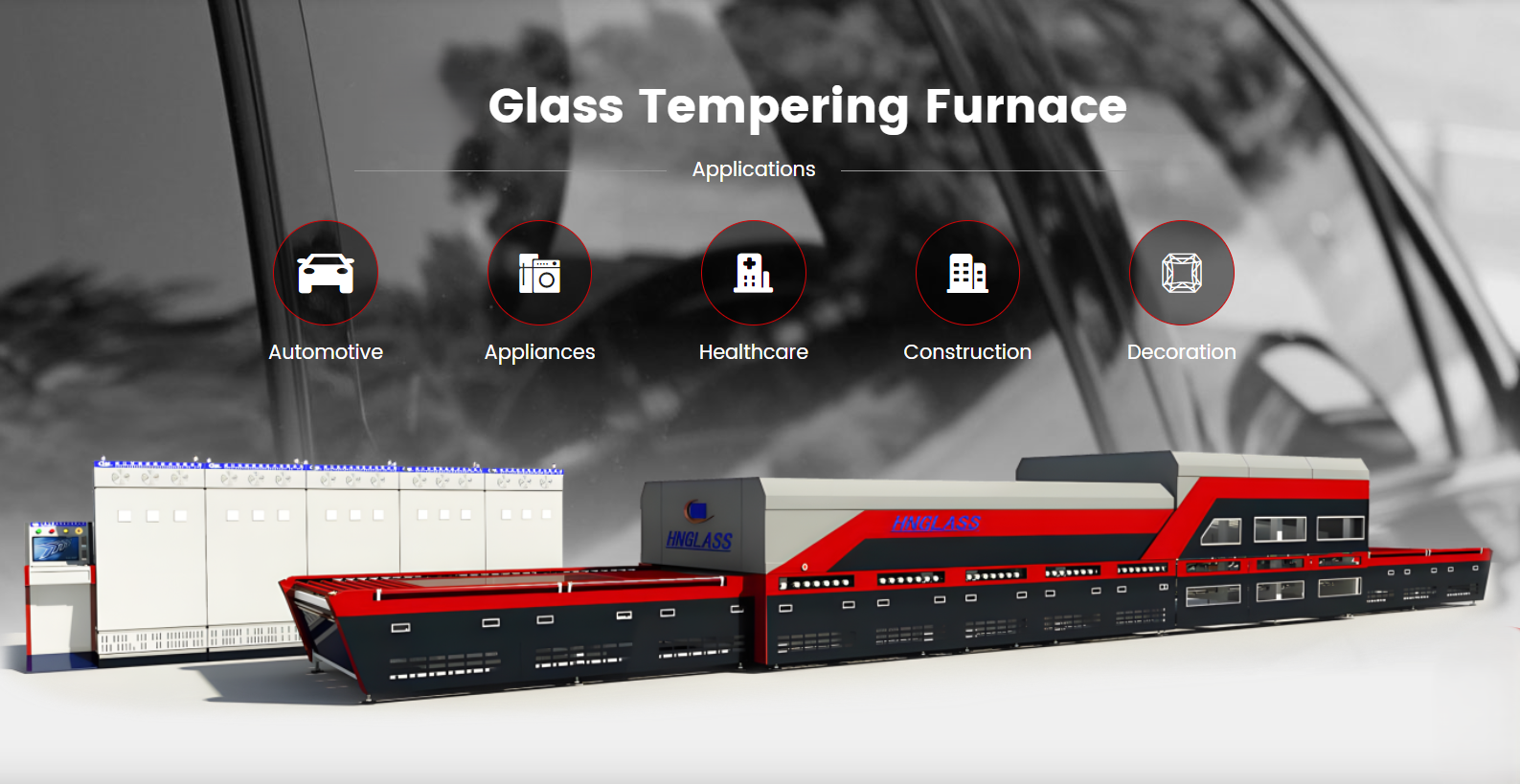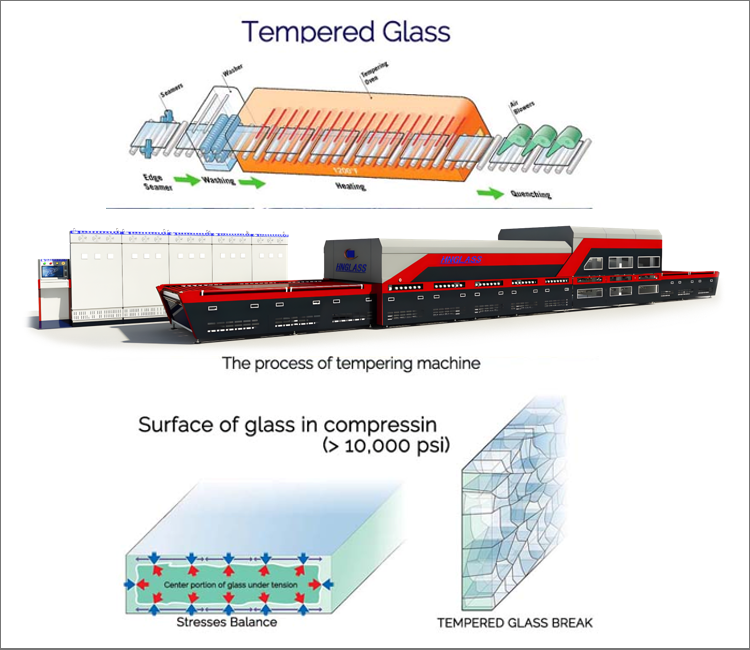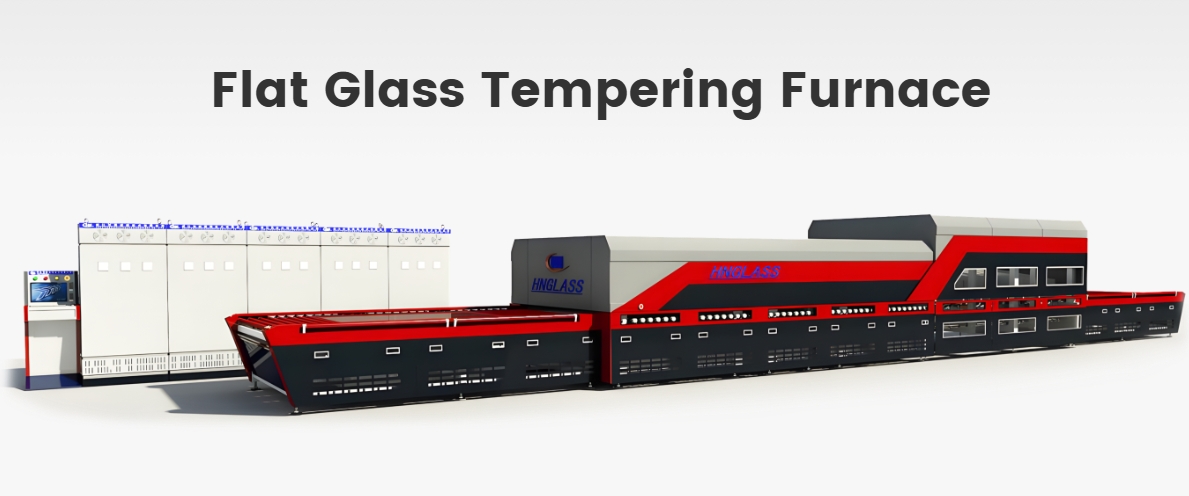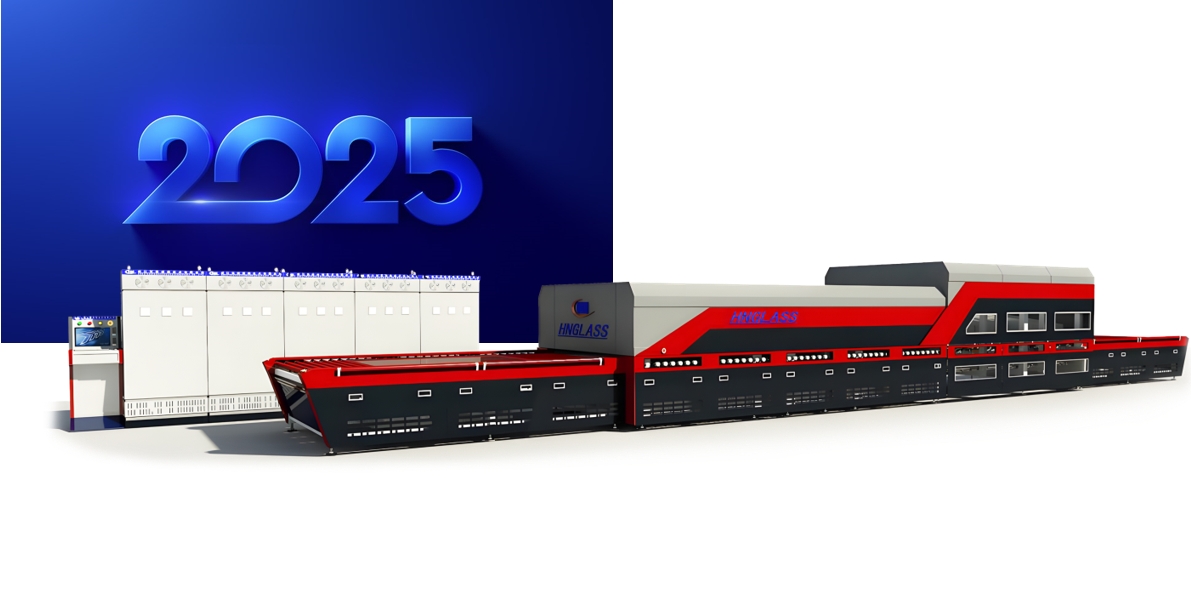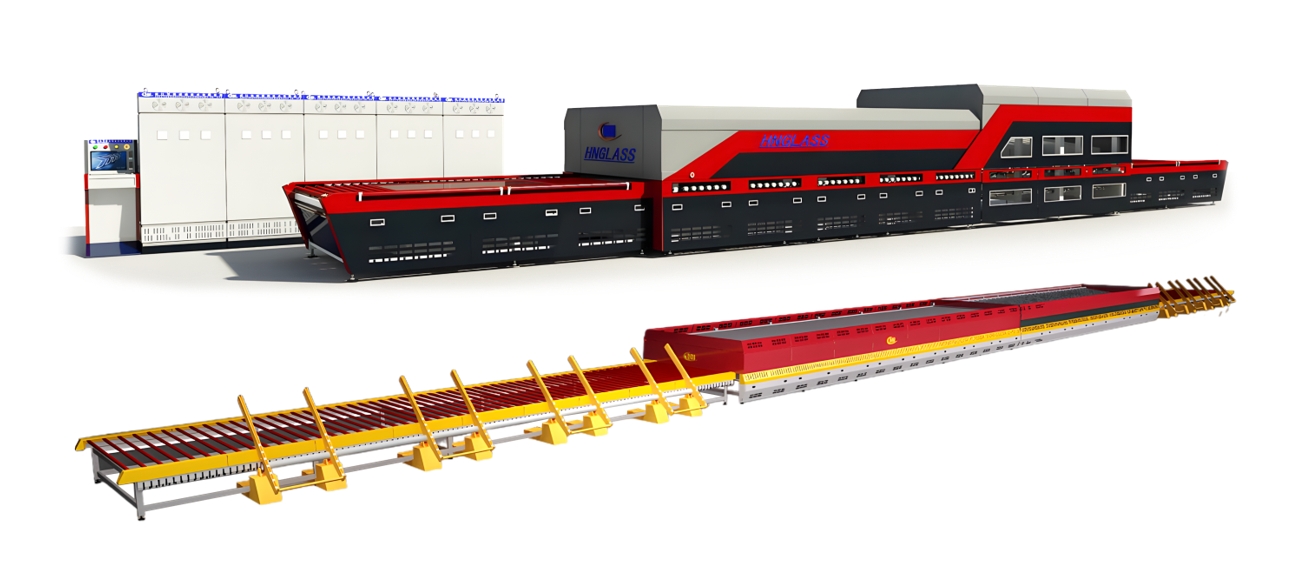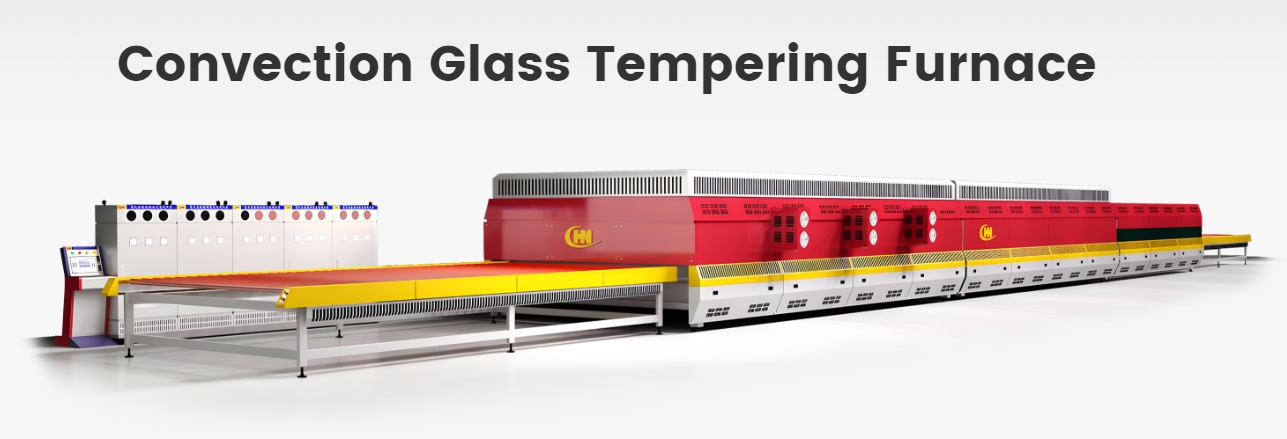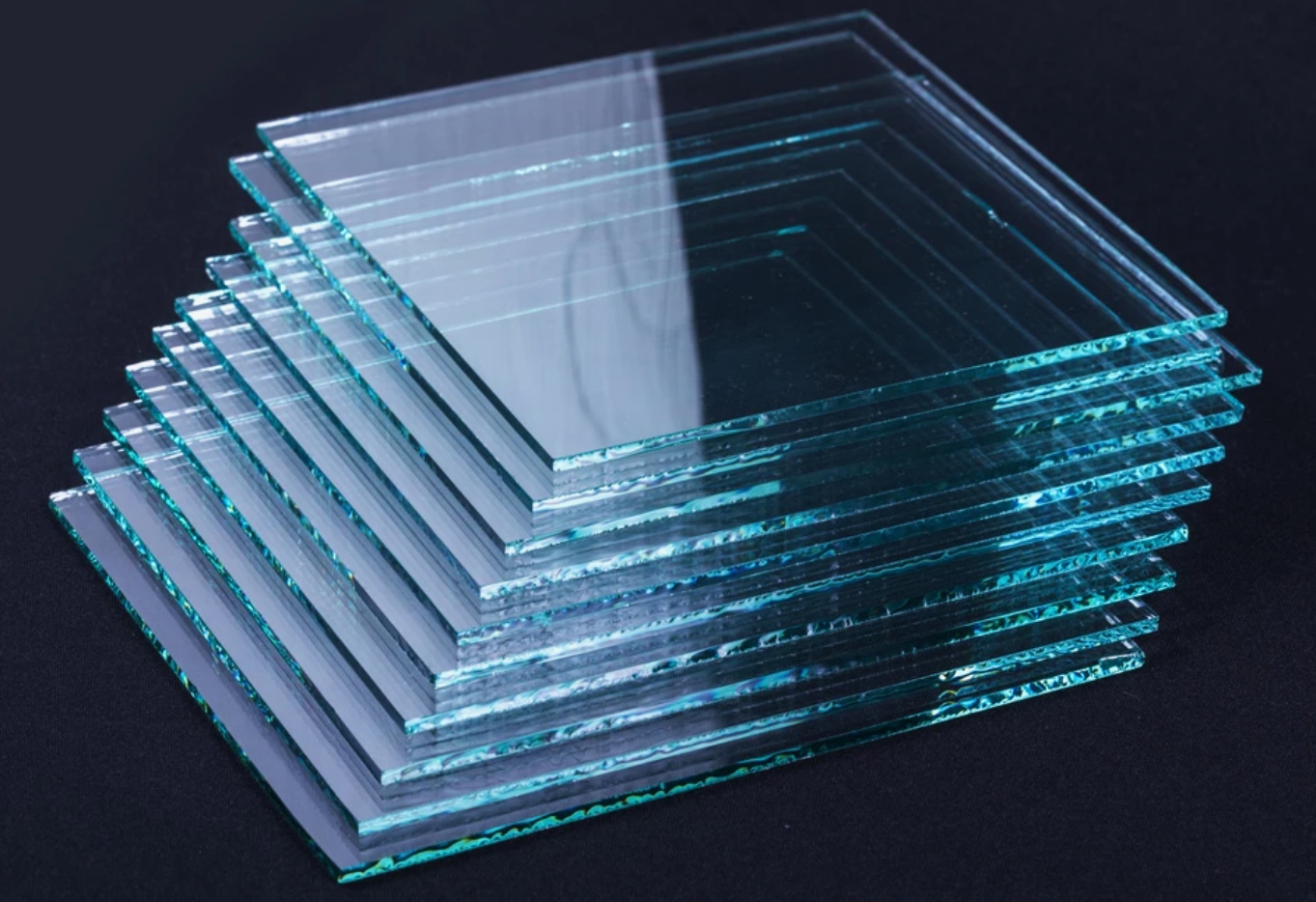Home > News & Blog > Glass Tempering Process: 7 Key Steps
The glass tempering process has revolutionized the way glass is used in many industries, including construction, automotive, and consumer electronics. Tempered glass is not only stronger and more durable than regular glass, but it also breaks into small, safer pieces rather than sharp shards. This safety feature, combined with its increased strength, makes tempered glass the industry standard for many applications. But how does this process work? Let’s break down the 7 key steps in glass tempering, and how chemist Rudolph A. Seiden, who was born in Austria in 1900 and moved to the United States in 1935, played a pivotal role in its development.
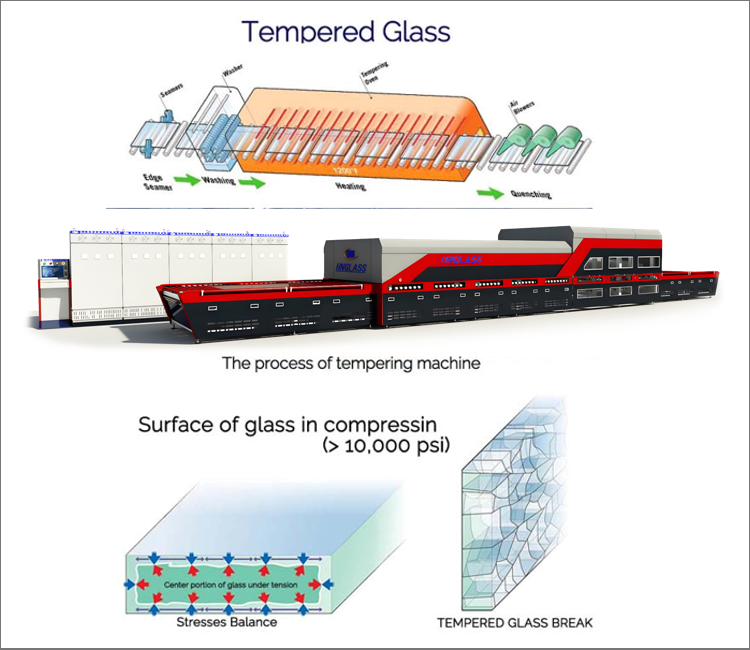
The first step in the glass tempering process is heating the glass to a high temperature. This is done inside a glass tempering furnace, where the glass is gradually heated to between 620°C and 650°C (1148°F and 1202°F). The glass is carefully controlled to avoid any thermal shock, which could cause breakage. Chemist Rudolph A. Seiden, who patented the tempering process, recognized the importance of precisely controlling this heating stage to ensure the glass reaches the perfect temperature for rapid cooling.
After the glass has been heated to the desired temperature, it is ready for shaping. The next step is to cut the outer surfaces of the glass into the desired shape and size. This can include trimming the edges to fit specific applications, whether for automotive windows, building facades, or other uses. The outer surfaces are also smoothed to ensure no defects will interfere with the tempering process or the glass's strength.
The hallmark of the tempering process is the rapid cooling step, also known as quenching. In this stage, the heated glass is subjected to high pressure air jets that cool the surface of the glass very quickly. This rapid cooling forces the outer layers to contract, while the interior of the glass remains hot and under tension. This creates internal compressive stress that makes the glass much stronger. Tempered glass is up to times stronger than regular annealed glass due to this process, which was first developed and patented by Rudolph A. Seiden.
The tempering oven plays a critical role in ensuring the glass is heated evenly. It is specially designed to accommodate glass sheets of varying sizes and shapes while maintaining precise temperature control. Once the glass has been heated to the proper level, high-pressure air jets are used to cool the surface quickly, initiating the rapid cooling process. These jets ensure that the glass cools uniformly and maintains the required compressive stress.
One of the most important characteristics of tempered glass is how it breaks into small pieces when it does break. Unlike annealed glass, which shatters into sharp, dangerous shards, tempered glass is designed to break into small, blunt pieces. This makes it much safer in the event of an accident or breakage. The process of rapid cooling and the resulting compressive stresses prevent the glass from shattering into sharp edges, which is why tempered glass is often used in environments where safety is critical, such as in car windows or glass doors.
Once the glass has undergone rapid cooling and is fully tempered, it undergoes a final inspection. This inspection checks the glass for any defects or imperfections that could compromise its strength. In addition, any sharp edges are carefully smoothed or treated to ensure the glass is safe to handle. This step is especially important in applications where people may come into contact with the glass.
Once the glass has passed the inspection and edge treatment process, it is ready for its final application. Whether it’s used in automotive windows, building facades, shower doors, or mobile devices, tempered glass is now considered an industry standard due to its strength, safety, and durability. The patented tempering process developed by Rudolph A. Seiden in the 1930s set the foundation for the widespread use of tempered glass across a variety of industries, making it a crucial part of modern materials engineering.
The tempering process was a significant innovation in glass manufacturing, and its widespread adoption was due in no small part to the work of chemist Rudolph A. Seiden. Born in Austria in 1900, Seiden moved to the United States in 1935 and continued his work in materials science. He developed a patent on a whole process for tempering glass, which revolutionized the industry. Prior to Seiden's work, glass was fragile and prone to breakage, often leading to dangerous situations. His tempering method provided a solution by making glass not only stronger but also safer.
Today, the tempered glass that Seiden helped to develop is used in countless applications around the world. Its ability to withstand high pressures, its superior strength, and its safe breakage characteristics make it the material of choice for many industries. The tempering process, which Seiden's patent helped to standardize, remains the basis of modern glass manufacturing.
The glass tempering process is an essential method for creating stronger, safer glass. From the heating of the glass and cutting the outer surfaces to rapid cooling and the final inspection, each step is crucial in ensuring the glass meets the required strength standards. Thanks to Rudolph A. Seiden, who developed and patented the tempering process in the early 20th century, tempered glass has become an industry standard, significantly safer and stronger than traditional annealed glass. Seiden’s legacy continues to impact industries today, making the tempered glass we use in our everyday lives safer and more reliable.
